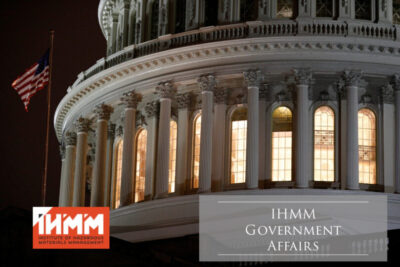When the federal government fails to vigorously enforce environmental laws, regulated entities face significant and multifaceted exposures. Even in the absence of federal oversight, statutory obligations under laws such as the Clean Air Act, Clean Water Act, and Resource Conservation and Recovery Act remain in full effect. A lapse in federal enforcement does not create a legal safe harbor; rather, it heightens the risk that violations will be identified and prosecuted by other authorities or private parties.
States often step into the void. Many environmental statutes are structured under cooperative federalism, granting states the power to implement and enforce programs in lieu of or in partnership with federal agencies. When federal enforcement wanes, state attorneys general, environmental departments, or local prosecutors may increase inspections, issue administrative orders, or file independent civil or criminal actions. In politically active jurisdictions, this can result in aggressive state-level enforcement that exceeds federal standards, particularly where states view federal inaction as a threat to public health or natural resources.
In parallel, private litigation risk rises sharply. Citizens may invoke statutory “citizen suit” provisions to compel compliance, seek injunctions, or recover attorneys’ fees. Plaintiffs’ lawyers may also pursue common-law claims such as nuisance, trespass, or negligence for pollution-related damages, filling the enforcement gap left by federal agencies. Moreover, environmental NGOs frequently initiate strategic litigation to force agency action or impose compliance through consent decrees.
In short, diminished federal enforcement shifts—not eliminates—liability exposure. It transfers regulatory risk to states and courts, expands opportunities for private enforcement, and can result in fragmented, unpredictable oversight. For regulated entities, the prudent course is continued compliance vigilance, documentation, and proactive engagement with both federal and state authorities to avoid becoming a target of replacement enforcement or litigation.


